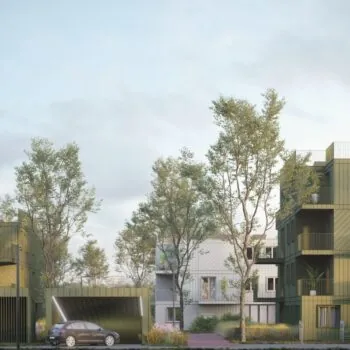Delivering on energy efficiency is the critical path to a just transition. It determines the extent to which clean energy deployment cuts fossil use or is overtaken by rising demand. When efficiency stalls, fossil demand, costs, emissions, and insecurity rise. When it accelerates, it paves the way for savings, resilience and fairness. The solutions and leaders for a step change already exist – but must come together now.
The UAE consensus, agreed at COP28 in Dubai, included a goal to double the average annual rate of energy efficiency improvements by 2030. The target is to achieve an improvement rate of 4%, but we are losing sight of it: the actual rate of improvement in 2023, and estimated in 2024, was just 1%.
In this briefing we suggest five priority areas that could deliver one-third of the energy savings we need to meet the doubling energy efficiency goal, and who could lead on taking these forwards.
- Harmonisation, adoption and doubling of industrial motor efficiency standards by 2030.
- Harmonisation, adoption and doubling of average appliance efficiency standards by 2030.
- Skills and one-stop shops to double the rate of building renovation.
- Closing gaps in coverage and enforcement of mandatory energy codes for new buildings.
- Driving up fuel economy and electric vehicle efficiency standards.
A twin track approach to achieving the energy efficiency goal
Getting a leadership coalition off the ground
We have identified global energy efficiency leaders among regions and nations who have pursued successful energy efficiency policy in specific sectors. They include ASEAN, Kenya, Japan, India, Brazil, China, and US cities.
We now need them to step up globally – individually and together. The UAE’s Global Energy Efficiency Alliance (GEEA) could serve as a unifying platform to enable this. GEEA can also work closely with Brazil’s Global Coalition for Energy Planning to ensure energy efficiency becomes fully embedded in the planning and financing of the wider energy transition.
Ensuring multilateral finance turbo charges technical assistance towards these priority areas
Multilateral development banks (MDBs) need to respond with pledges to scale technical assistance for energy efficiency through relevant channels. MDBs must become the vanguard of increasing the share of climate finance going to efficiency projects – with a specific, science-based and quantified goal in mind.
More important than quantity, however, is the quality and nature of climate finance reorientation for energy efficiency. Technical assistance for tackling the five priority areas, and a focus on addressing the “smaller projects” structural challenge that energy efficiency faces, are key.


